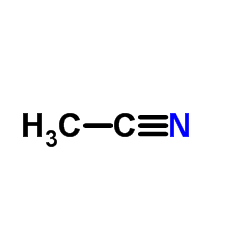| Structure | Name/CAS No. | Articles |
|---|---|---|
 |
Acetonitrile
CAS:75-05-8 |
|
 |
sodium dodecyl sulfate
CAS:151-21-3 |
|
 |
Yttrium
CAS:7440-65-5 |